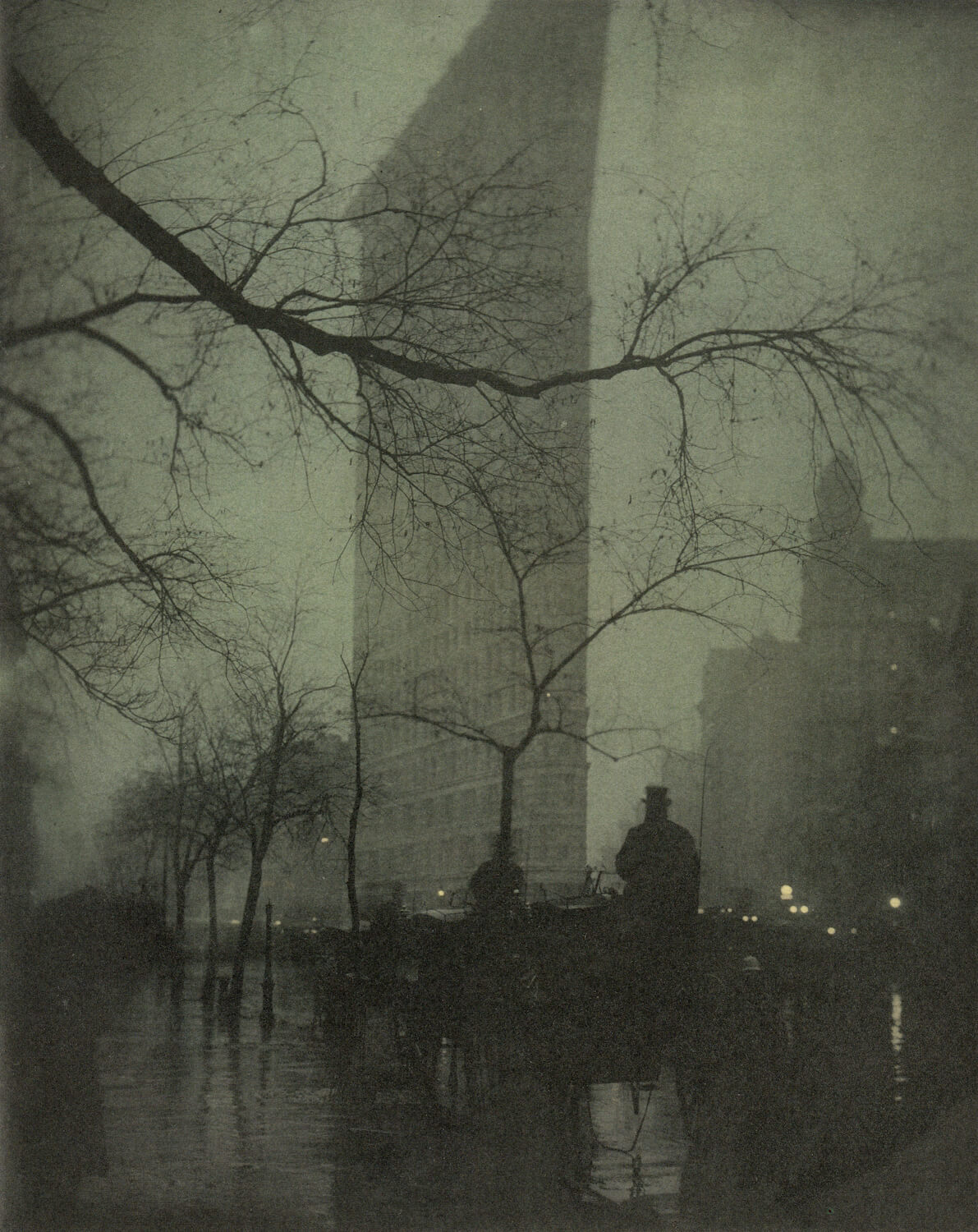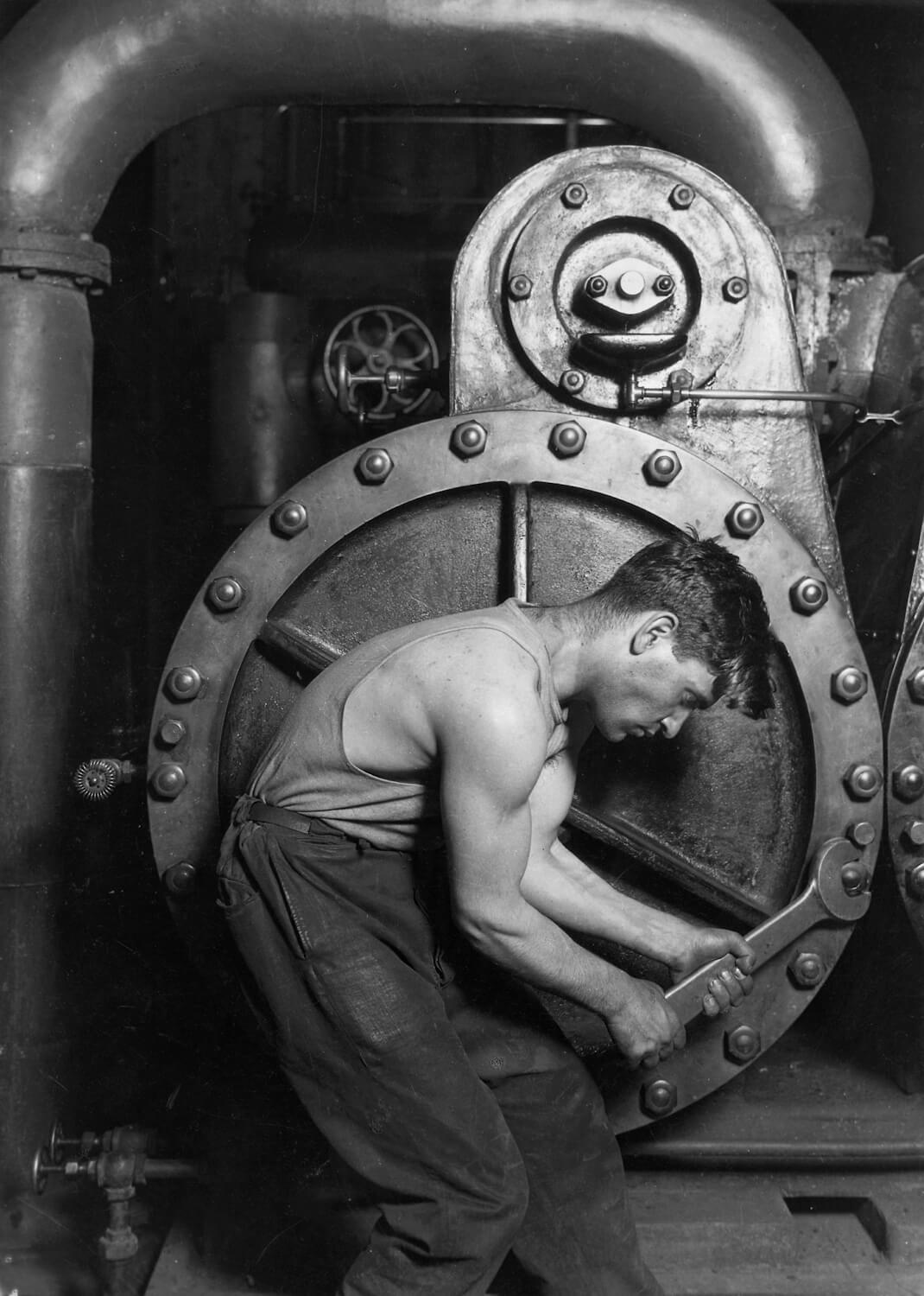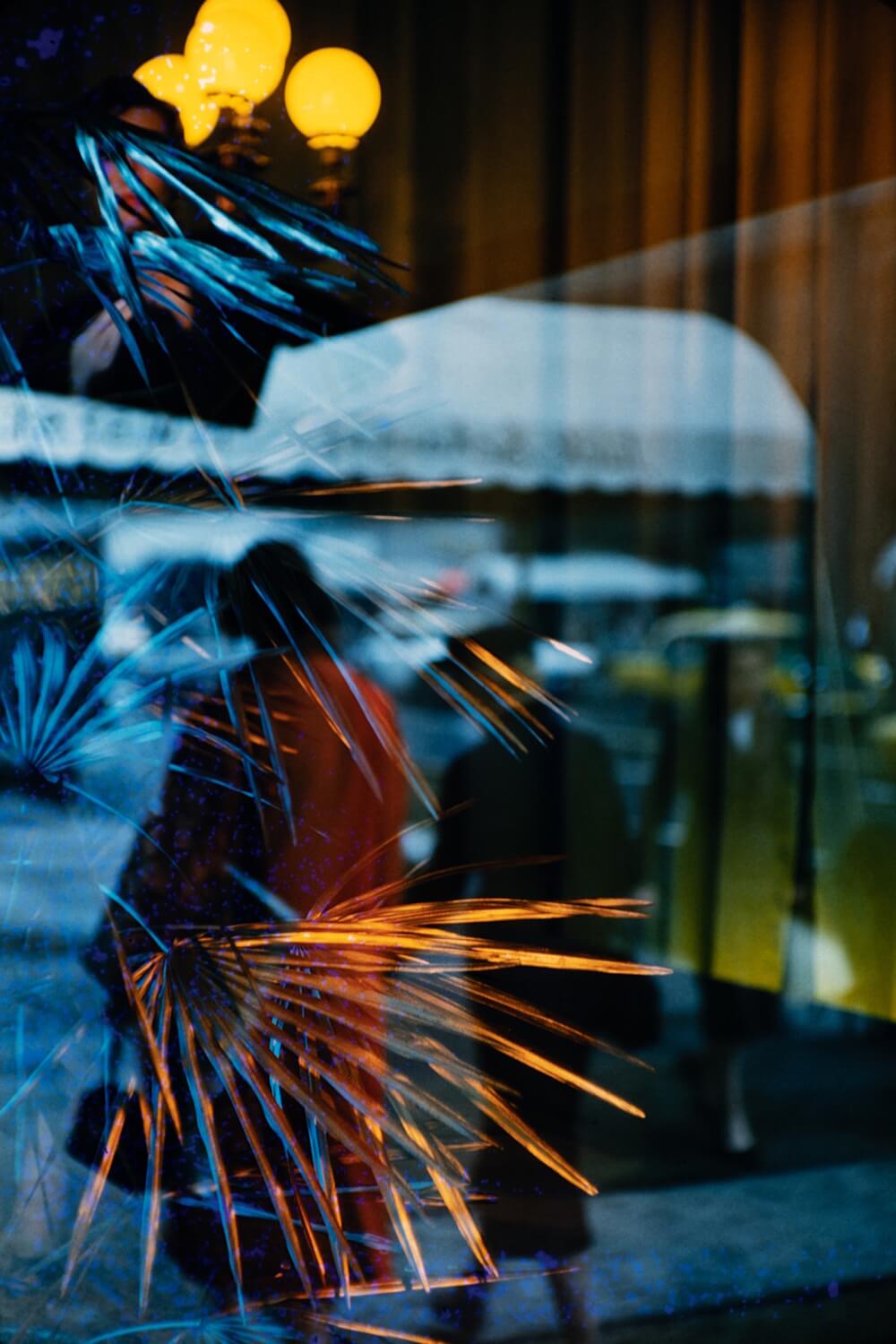Favorite Photographers
No practice of photography is complete without an understanding of the medium’s history. For my own practice, which I would characterize as a blend of street, art, and documentary photography, looking at the work of other artists is essential. Identifying those characteristics that make first-rate examples of photography so compelling—its composition, its use of what Andreas Feininger called the “symbols of photography,” or even the sheer power of simple timing—is not an exercise of imitation but rather one of inspiration.
Art Photographers

For me, photography is first and foremost a form of art. I look at a number of master art photographers whose work especially resonates with me.
Documentary Photographers and Photojournalists

The work of documentary photographers and photojournalists underscores another approach to photography: making a record of people, places, and events.
Wanderers

I am most drawn to photographers who engage in the simple act of wandering city streets with their cameras.